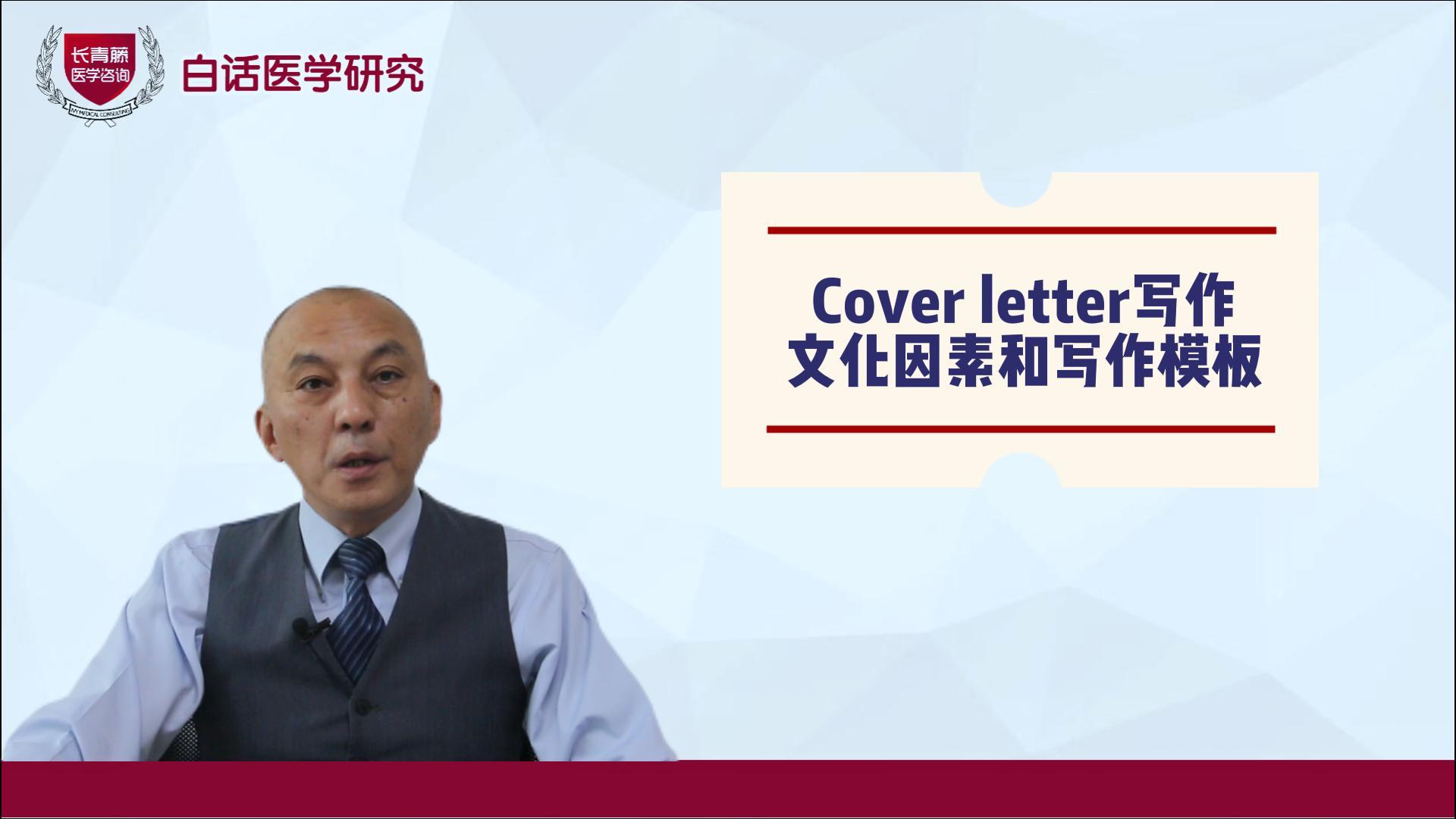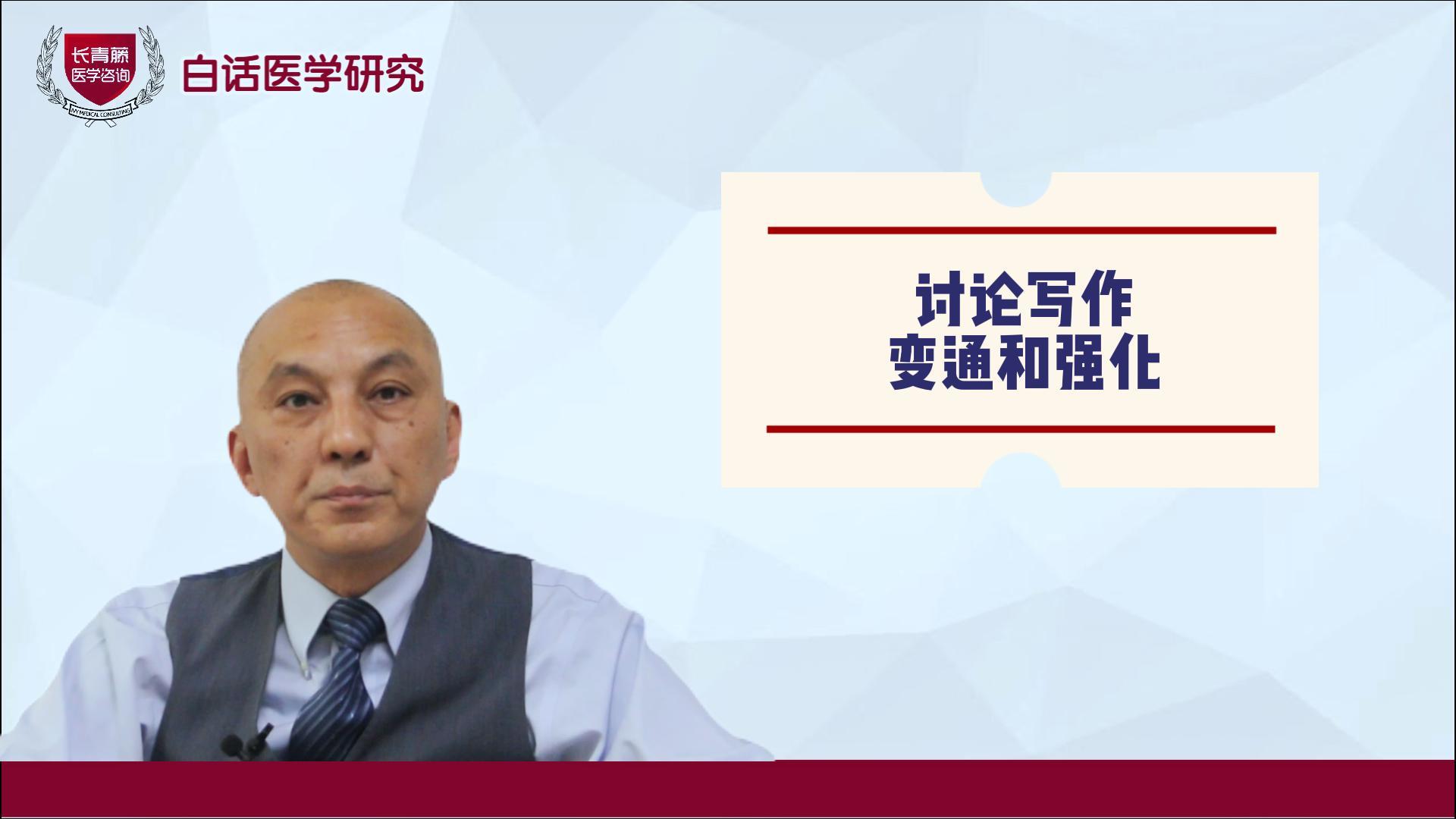1970-01-01

Perhaps you could start by telling us a little about what brought you to Interventional Cardiology?
My career in interventional cardiology started in 1990, when I was a fellow at the University Hospital Mainz, Germany. My mentor, Professor R. Erbel introduced me into this field of work. I worked in Europe for nearly 10 years and was appointed Director of the Intravascular Ultrasound Laboratory in the University Hospital Essen before coming back to Shanghai to work as Chief of Cardiology and Director of Interventional Cardiology at the Zhongshan Hospital, Fudan University. I was also the president of the Shanghai Society of Cardiology and president of the Interventional Chinese Heart Health Network Limited (ICHHN). Now, I am the vice president of Chinese Society of Cardiology and Member of the Academic Degrees Committee of the State Council.
I am the Principal Investigator and Co-Principal Investigator of several projects run by the Chinese Ministry of Science. My research focuses on the mechanism of atherosclerosis and the early diagnosis of and therapy for coronary heart disease. I have published more than 200 papers in international journals, have edited four books and I am Editor in Chief of Shanghai Medical Journal.
请您先给我们介绍一下为何选择了介入心脏病学?
我从事介入心脏病学始于1990年,当时我在德国Mainz大学医学院就读。我的导师R.Erbel教授将我引入这一领域。我在复旦大学中山医院担任心脏病学主任和介入心脏病学带头人之前,曾就任ESSEN大学医院血管内超声试验室主任,在欧洲工作了接近10年。我也是上海心脏病学会主席和中国介入心脏保健网络(ICHHN)主席。目前,我是中华医学会心血管病学分会副主任和国务院学位委员会学科评议组成员。
我是国家科技部一些项目的首席研究人员和副首席研究人员。我的研究方向是动脉粥样硬化的机制和冠心病的早期诊断和治疗。我已经在国际期刊上发表论文200余篇,编著了4本书籍,并担任上海医学杂志的主编。
Could you present APSIC (Asian Pacific Society of Interventional Cardiology) to us and explain its role in Asia?
APSIC is an organisation that promotes the development of interventional cardiology in the Asia-Pacific Region. The organisation brings together a large number of countries with many different ideas and opinions on interventional cardiology and how patients should be treated. We need to understand better the needs of various countries within our region and share information. However, APSIC did not have an annual meeting up until now. We plan to have AICT (Asian Interventional Cardiovascular Therapeutics Congress) as the annual scientific session to exchange our experience and skills. Another main purpose of APSIC is education; we teach young fellows new techniques and we foster an atmosphere of sharing and collaboration. It is through the sharing of information that we can truly learn more. It is important that younger cardiology fellows are encouraged and mentored in the same way that I was so that they can really develop their skills and learn from the experts.
请您为我们介绍一下APSIC(亚太介入心脏病学会)以及其在亚洲的作用?
APSIC组织促进了亚太地区介入心脏病学的发展。该组织汇集了很多国家关于介入心脏病学及患者应该采取何种治疗方式的不同观点。我们需要更好的了解本区域不同国家的需要并分享信息。然而,APSIC目前仍未召开会年度会议。我们计划将AICT(亚 洲介入心脏病治疗会议)作为科学年会来交流经验和技巧。APSIC的另外一个主要目的是教育,授于年轻学子新技术,培养分享和合作的气氛。通过信息的分享我们才能真正学到更多的知识。鼓励并指导心脏病学年轻学子采用这种方式非常重要,这有助于他们可以真正的提高技术并从专家那里学到更多知识。
Could you tell us more about the links between APSIC and the PCR family (via AsiaPCR) – has this collaboration been positive and in what ways?
I am the newly elected president of APSIC. I attend EuroPCR every year. However, due to time conflicts, I have not yet attended AsiaPCR. The collaboration is in the early stages but has already brought about very interesting exchanges of ideas and I look forward to future developments. I do find that EuroPCR and SingLive, under the leadership of Dr. J. Marco and Dr. TH. Koh, put lots of effort into bringing innovations in intervention to Asia. AsiaPCR is fast becoming a platform for introducing new developments in the field of interventional cardiology.
请您介绍一下APSIC与PCR(通过 AsiaPCR)的联系——这一联系是肯定的吗?在哪些方面?
我是APSIC新当选的主席,每年都参加EuroPCR。然而,由于时间冲突,我还没有参加过 AsiaPCR。合作还处于初级阶段,但是已经带来了非常有意思的思想交流,我期待着未来的发展。我确实感觉到,在 Dr. J. Marco 和Dr. TH. Koh的领导下,EuroPCR和SingLive为亚洲介入学的创新做出了很多努力。AsiaPCR正迅速成为介绍介入心脏病学新进展的平台。
How do you see interventional cardiology evolving in the near future across Asia?
Coronary intervention began in China in 1985. Just as I returned to China, 5,000 cardiology cases were performed in 1998, 8,000 cases in 1999 and 12,000 cases in 2000. However, these numbers have changed drastically and we finished nearly 230,000 cases in 2009 and nearly 300,000 cases in 2010. This trend is also happening in India. I do believe that this trend will continue throughout the next few years. Therefore, we would be very happy to have the help of our colleagues from across Europe to develop intervention in the Asia-Pacific Region.
您如何看待亚洲介入心脏病在不久的将来的发展?
中国冠脉介入治疗始于1985年。正是我回国时,1998年完成了5000例心脏病病例,1999年8000例,2000年12000例。这一数字迅速增长,到2009年,我们完成了近230 000例,2010年近 300 000例。这种趋势在印度也出现了。我相信,这一趋势将持续到未来几年。因此,我们将非常高兴能够得到欧洲同僚的帮助,以促进亚太地区心脏介入发展。
选自《EuroPCR每日新闻》
百度浏览 来源 : 国际循环
版权声明:本网站所有注明来源“医微客”的文字、图片和音视频资料,版权均属于医微客所有,非经授权,任何媒体、网站或个人不得转载,授权转载时须注明来源:”医微客”。本网所有转载文章系出于传递更多信息之目的,且明确注明来源和作者,转载仅作观点分享,版权归原作者所有。不希望被转载的媒体或个人可与我们联系,我们将立即进行删除处理。 本站拥有对此声明的最终解释权。




发表评论
注册或登后即可发表评论
登录注册
全部评论(0)